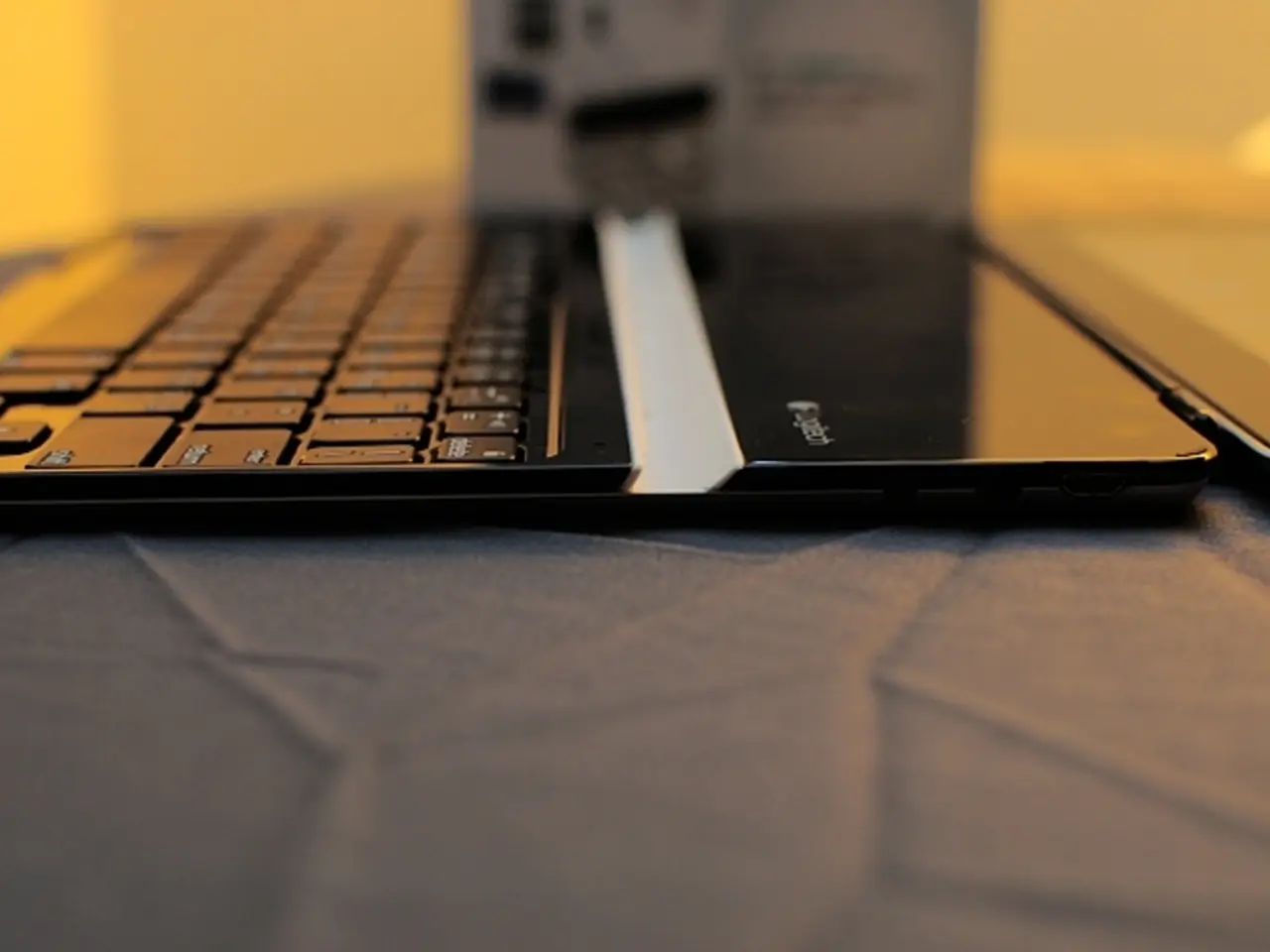EU Energy Labeling Obligation: Assessing Mobile Phone Repairability
Embrace eco-friendly gadgets without breaking the bank. Starting this week, you'll see new labels on smartphones and tablets sold in the EU. Let's break down what the label tells you and what it means for the future of your tech purchases.
What's on the Energy Label?
EU energy labels, now required for smartphones and tablets, provide an energy efficiency rating—ranging from A (dark green, very efficient) to G (red, less efficient). The label also reveals the battery life after a full charge (in hours and minutes) and the number of charge cycles the battery can endure before it retains only 80% of its original capacity.
Moreover, the label rates the device on its robustness against drops (from A to E, with higher classes indicating greater robustness) and ease of repair, also on a scale from A to E. Lastly, the device's protection against dust (0 to 6) and moisture (0 to 8) is shown on the label. A rating of "68" indicates the highest protection.
Where to Find the Energy Label?
Suppliers and retailers are responsible for displaying the label, both online and in-store, according to the Commission. The German Environmental Aid will monitor compliance with these regulations in physical stores.
Does the Label Communicate Repair Costs?
No, the price of repair parts and services isn't factored into the device's repairability score. A smartphone with an "A" repair class isn't necessarily cheaper to fix.
Improved Devices on the Horizon
In addition to the new labels, manufacturers must also adhere to new ecodesign requirements, ensuring devices become more resistant, batteries more durable, and spare parts more accessible within five to ten workdays for seven years post-purchase. Software updates must also be offered for at least five years.
The Power of Informed Choices
According to the European Commission, the energy label is designed to help consumers make more knowledgeable and sustainable buying decisions. By comparing devices before purchasing, consumers can make better choices and contribute to significant CO2 and electricity savings.
BEUC, the consumer protection organization, and the EU Parliament have welcomed the useful information provided by the label. "With the energy label, consumers can find the most powerful products," said a spokesperson from BEUC. Katarina Barley (SPD), Vice-President of the EU Parliament, praised the clarity it brings, stating, "No longer will someone be left guessing if the new smartphone will end up in the trash at the first defect."
A Step Towards Sustainability
Anna Cavazzini (Greens), Chair of the Internal Market Committee in the EU Parliament, considers these new regulations a significant success, stating, "We're finally moving towards a circular economy—it's high time we reduce the EU's massive resource consumption." She also encourages the Commission to develop guidelines for additional product categories.
The German environmental organization Deutsche Umwelthilfe (DUH) has welcomed the change but urged for the rules to be expanded to include all electrical devices. "The new regulations for smartphones and similar devices are a significant step towards more eco-friendly, better-informed products," said DUH CEO Barbara Metz. She emphasizes that the mountains of electronic waste from quick-wearing, repair-hostile devices are growing each year.
The Future: Energy Labels for Laptops
Laptops aren't left out. The Fraunhofer Institute for Reliability and Microintegration in Berlin is currently developing a comparable energy label for laptops, expected to be introduced in 2028.
Stay informed, make sustainable choices, and help reduce e-waste. Happy shopping!
The energy label now required for smartphones and tablets sold in the EU includes an energy efficiency rating, battery life, drop resistance, ease of repair, and protection against dust and moisture. By examining these labels, you can make informed decisions that contribute to significant CO2 and electricity savings, as emphasized by the BEUC and the EU Parliament.
In addition to the label, manufacturers must also follow new ecodesign requirements to make devices more resistant, batteries more durable, and spare parts more accessible within five to ten workdays for seven years post-purchase. This will ensure that your smartphones, tablets, and potentially future laptop purchases are more eco-friendly and built to last.




